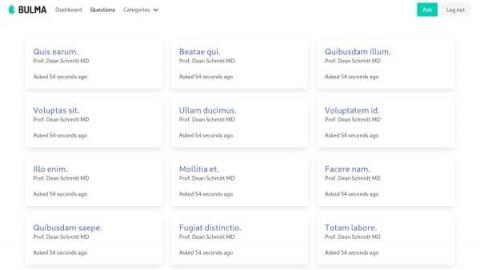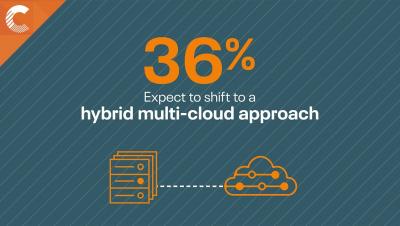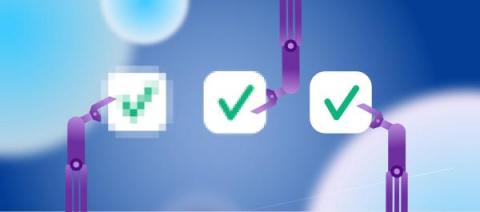Systems | Development | Analytics | API | Testing
Technology
A Comprehensive Guide to Deploying Laravel Applications on Aws Elastic Beanstalk
Elastic Beanstalk makes getting started with Amazon Web Services (AWS) much easier. In this article, Farhan Hasin Chowdhury steps through how to deploy a Laravel app to Elastic Beanstalk.
How to Overcome Hybrid Cloud Migration Roadblocks
Kong Builders - May 25 - How to install and run Kuma on AWS ECS
Build and deploy a Flutter Desktop app for macOS
In the previous articles, we learned how to deploy the Flutter desktop for Linux, the web app with Firebase, and S3. And in this tutorial, I will show you how to build and package a Flutter Linux Desktop app with Bitrise.
Interview With Machine Learning Engineer, Ivan Goncharov
For our latest machine learning specialist interview on our blog, we’ve welcomed Ivan Goncharov, a machine learning engineer on the growth team at a unicorn MLOps startup, Weights & Biases.
Ably extends your Kafka pipeline to end-users at the edge
This article explains how Ably complements Kafka to reach end-users on the public internet.
How to Transition to a Cloud ERP Without Disrupting Financial Reporting Processes
More and more companies are migrating their enterprise resource planning (ERP) to the cloud. It relieves them of the burdens typically associated with installing and maintaining complex software systems, and it’s arguably more secure because it’s monitored 24/7 by dedicated experts. There is no question that cloud-based ERPs like NetSuite, Epicor, Microsoft Dynamics, and Oracle Cloud are gaining steam. Rolling out a new ERP system can be highly disruptive to your organization, though.
Test-driven development: an introduction for mobile app developers
Test-driven development, or TDD, is a testing method where you first convert the feature requirements to tests and then write code to make the tests pass. In this article, we take an objective look at test-driven development, its benefits, downsides, and best use cases.
Cross-Platform End-to-End Testing - Explained with Real-life scenarios
The definition of end-to-end testing is as simple as “testing the application from one end to another”. A lot of the time people do generalize end-to-end testing as “testing done to test the application from beginning to end”. However, in an application, you may certainly define a beginning (generally the home page) but there can be a lot of endings. For example, one eCommerce application’s end-user flow may look like this: Another flow may look like this.











